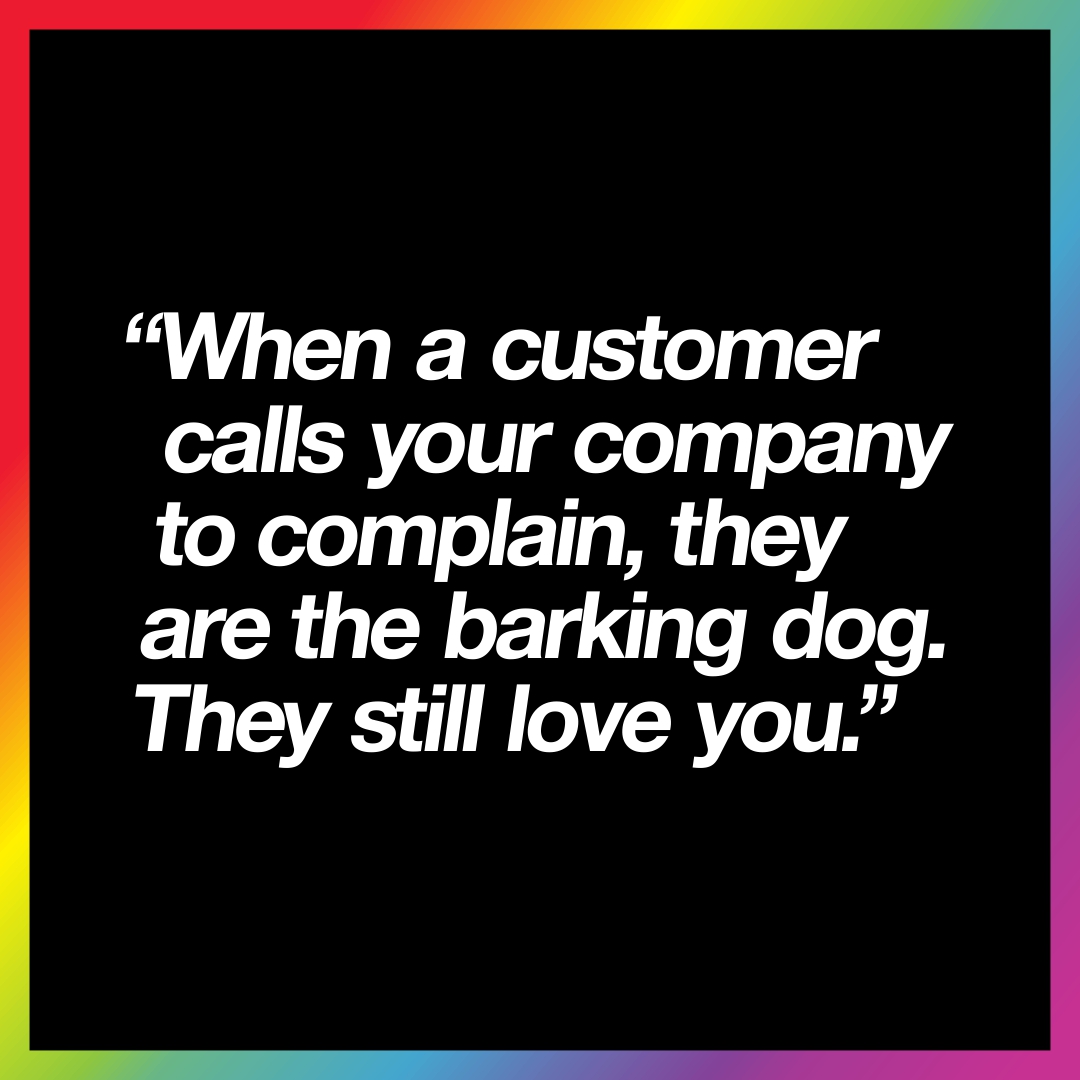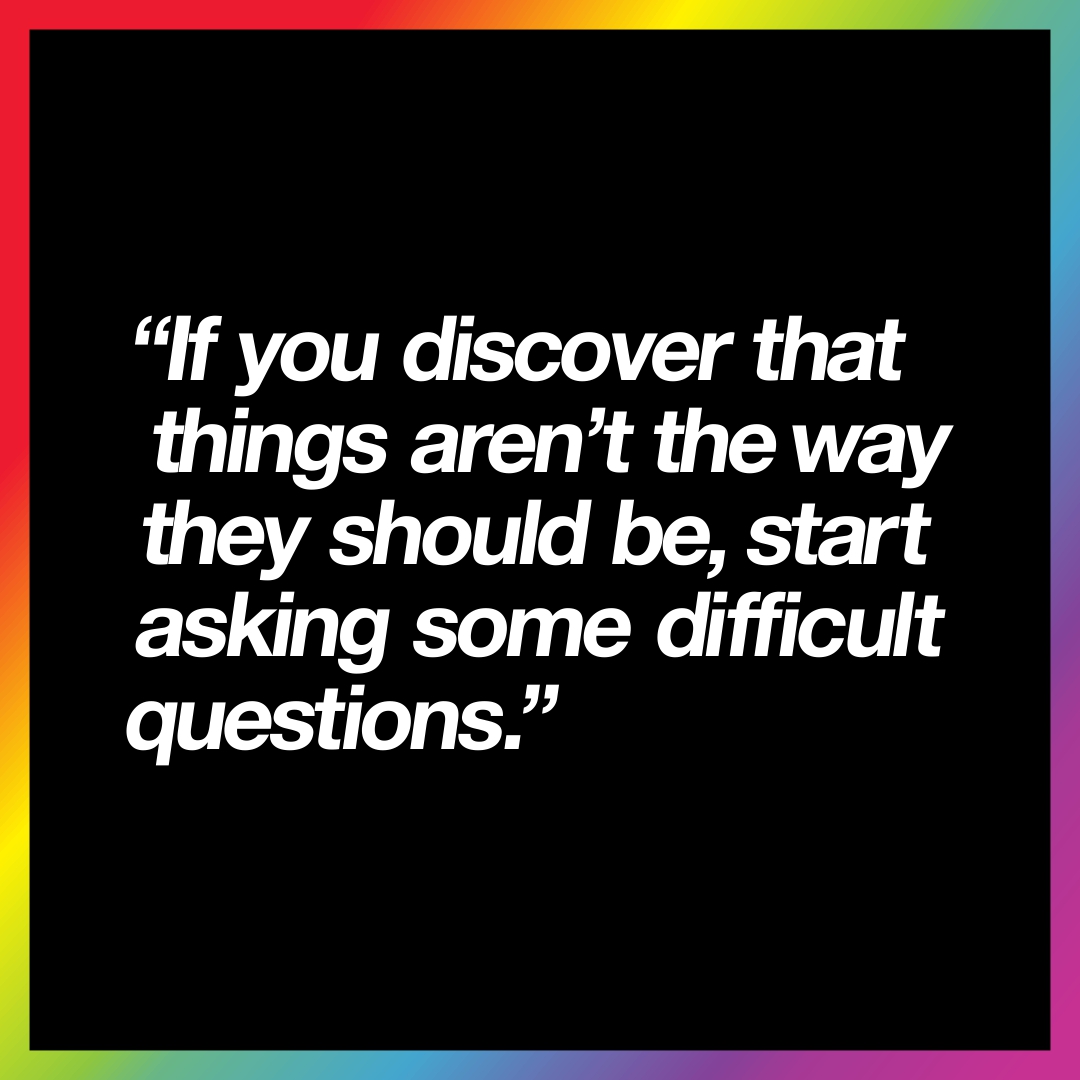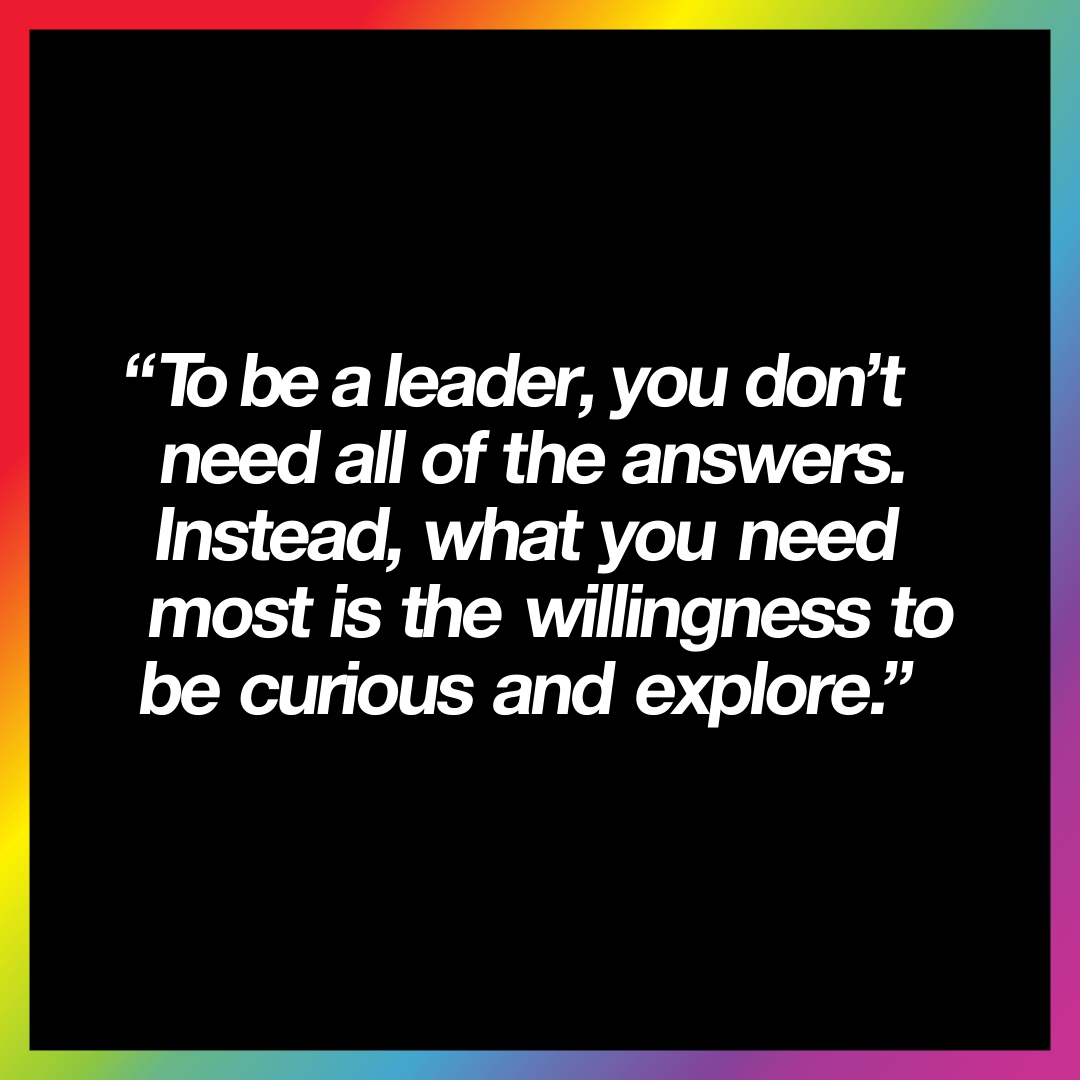by: Marshall Atkinson
by: Marshall Atkinson
Recently I had the pleasure of taking a private marketing class from the incredible Mark Schaeffer. Mark is a gifted writer and storyteller and once was a student under the legendary Peter Drucker.
During the class, Mark told the tale of how Drucker would emphasize a particular point in a lesson with the phrase, “...but, is the dog barking?” This was an allusion to the Sherlock Holmes story “The Adventure of Silver Blaze,” where Holmes solved a mystery where a dog that should have been barking wasn’t. Therefore the suspect had to be someone the dog knew. This is important because if you are in a situation and expect to hear a “dog barking,” and it is not, don’t ignore that clue! This could be the one thing that provides you with the information that other people might miss.
Think about anything and everything you buy. Whether it is ice cream or a new car, something about that particular brand convinces you to make that purchase. This is the dog that constantly barks. It is personal and is not always about features, benefits, or even price. It is about emotion. How does the brand make you feel?
Smart? Happy? Relieved?
Until one day, it doesn’t. Something about that brand changes for you. It doesn’t make you feel smart. Or happy. Or relieved. It might make you feel dumb. Frustrated. Angry even. And now, let’s flip that. Let’s not talk about you. Let’s talk about your customer.
When a customer calls your company to complain, they are the barking dog. They still love you. That’s the reason they are complaining. To give you a chance to fix it. They want you to hear their bark to show you they still care. Embrace that bark! That bark means you still matter to them in some way. But when the dog doesn’t bark? That customer has moved on. They don’t love you anymore. Somewhere out there they are running with a different pack that doesn’t involve you.

Here’s the question of the day.
Do you even notice? Can you run a history report of your customers over the last three to five years? How many are still active? Count up the silent dogs on the list. How big is that number?
Why is this important? Let’s say that you have a customer that has an excellent relationship with your company. They have been a client for years. You have a solid rapport and have never had any problems with anything. Then one day, you notice that they have been relatively quiet lately. Yep. That dog isn’t barking. So you call up the contact you’ve had throughout your relationship. You discover that this person is no longer with that organization. Instead, they took a job with a different company.
“That’s ok,” you say, “I’m just calling about your next shirt order. I’d like to speak with the person handling that now.”
Can you feel that brick in your gut just reading that? You know what comes next.
“I’m sorry, but the new person has brought in their own vendors. So we won’t be needing your services now. Thank you.”
Ouch. What changed? You can say that you “Didn’t do anything wrong,” but that is not precisely correct.

Suppose you had a better relationship with the company and not just with one person. In that case, you could have jumped into the queue with the new decision-maker. Maybe there would have been an ally on their staff that said, “Hey, wait a minute, we should still use these guys.” However, many savvier companies have working agreements or contracts set up, so the relationship lasts longer than a particular person’s employment.
How solid of a foundation do you have with any of your clients? If you are only at the tail end of a website click or purchase order send, you might want to solidify that relationship a bit more
Dogs bark to call attention to something. Woof! Woof! Woof! Simply means, “Hey! Over here!”
Everyone in the neighborhood knows that the garbage truck is rounding the corner. Or that there is a squirrel in the backyard. Or just where is that ball with the jingly thing inside? Is it stuck under the couch again? I need some help! The most effective barking dogs are actually those who don’t bark much. Dogs that seem to yap all the time get tuned out. They become instant background noise. On the other hand, when a dog that hardly ever barks let’s out a loud “Whhhhoooffff!” everyone pays attention.
Sometimes I think people bark like dogs.
Some yap incessantly about everything but don’t ever say anything meaningful. And then others rarely speak, but when they do, everyone listens. It is usually something insightful, funny, or profound. In your neighborhood (marketplace), what type of dog are you? Are you being ignored? How do you know?Do you yap constantly, or do people listen in when you bark? “Hey! Over here!”
Let’s get back to how Sherlock Holmes used the clue, of a dog not barking, to solve the crime. What habit or behavior has your customers, suppliers, or employees changed lately? “...is the dog barking?”
No? What has changed?
Let’s face it, after March of 2020, with COVID and our rise out of that predicament, business and markets have been disrupted. Everybody’s behavior has changed, and you could argue that it is not going back.
Now, we have other world events that have further disrupted business. Supply chain issues, challenges related to the war in Ukraine, and the meltdown of workforce availability.
When the dog isn’t barking, does that mean a fracture in the status quo?

If your customers are faced with anxiety and uncertainty from everyone else, could this signal an opportunity for you to develop a unique solution that catapults you as the dominant leader? Everything right now in business is being renegotiated as we claw our way out of the pandemic resurgence. So now more than ever, people are open to new ideas.
When the dog isn’t barking, that could signal that there is an opportunity to develop something meaningful. But unfortunately, the silent signal sometimes is confusing. It is easy to miss.
If you discover that things aren’t the way they should be, start asking some difficult questions. Why is something happening? Who is frustrated or confused? What changed?
Explore the rabbit holes. Often, they are worth going down.
Pretend for a minute that this is your dog that isn’t barking. Yeah, I know you are probably a cat lover…but bear with me. Wouldn’t you want to know what’s going on with the dog? Not acting as usual could be a sign that something is wrong. So it’s worth getting up out of your chair and checking out, right?Here’s the question, though. Will you be open to what you find? Can it get past your filters and the distracting noise surrounding you and land on your brain and register?
Are you curious enough to explore the seams that might be opening up? Trust me. Many people don’t even realize that the dog isn’t barking anymore. They are going to miss the clue. Therefore, if you start poking around and asking questions and then taking what you find and playing with it…you might find an epiphany. This could be your “Eureka!” moment.
Just to be precise. To be a leader, you don’t need all of the answers. Instead, what you need most is the willingness to be curious and explore. Pull the thread.More than anything right now, you should be asking questions. Be humble. You don’t know what you don’t know.
Pay attention to the new things. These are the new habits and behaviors. The new technologies. New roads are being paved, and you are not traveling down them yet. In fact, maybe nobody is.
Yet.
The dog not barking is what is going to lead you there.
